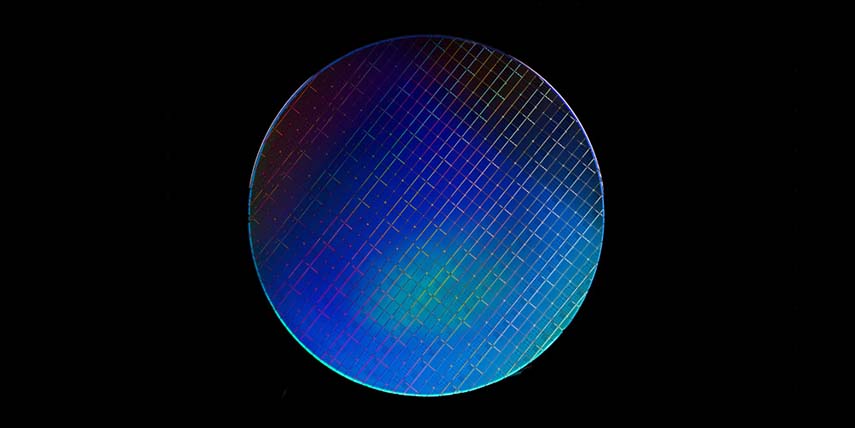Quantum computing has the potential to tackle problems that today’s conventional computers can’t handle.
Scientists and industries are looking to quantum computing to speed advancements in areas like chemistry or drug development, financial modelling and climate forecasting.
Intel initiated a collaborative research programme in 2015, with the goal of developing a commercially viable quantum computing system. While there’s been significant progress, quantum computing research is still nascent.
One possible solution could be superconducting qubits, the goal of various industry and academic researchers, including Intel.
While Intel is making progress on superconducting qubits, it is also researching an alternative structure, “spin qubits,” which operate in silicon and could help overcome some of the scientific hurdles to take quantum computing from research to reality.
Spin qubits resemble the semiconductor electronics and transistors as we know them today. They deliver their quantum power by leveraging the spin of a single electron on a silicon device and controlling the movement with tiny, microwave pulses.
Electrons can spin in different directions. When the electron spins up, the data signifies the binary value 1. When the electron spins down, the data signifies the binary value 0.
But, similar to how superconducting qubits operate, these electrons can also exist in a “superposition,” which means they have the probability of a spin that’s up and down at the same time and, in doing so, they can theoretically process tremendous sets of data in parallel, much faster than a classical computer.
Among the challenges researchers must overcome before quantum computing can become a commercial reality, is the incredibly fragile nature of qubits. Any noise or unintended observation of them can cause data loss. This fragility requires them to operate at extremely cold temperatures, which creates challenges for the material design of the chips themselves and the control electronics necessary to make them work.
Superconducting qubits are quite large and they operate in systems the size of 55-gallon drums, which makes it hard to scale up the design of the quantum system to the millions of qubits necessary to create a truly useful commercial system.
Spin qubits, however, offer some advantages in addressing these challenges: they’re small and strong; they can function at higher temperatures; and Intel has the equipment and know-how to manufacture them.
This week at the American Association for the Advancement of Science (AAAS) Annual Meeting, QuTech will present on its success creating a two-qubit spin-based quantum computer that can be programmed to perform two simple quantum algorithms. This development paves the way to larger spin-based processors capable of more complex applications.
A related Nature article, has been published.
Meanwhile, Intel has invented a spin qubit fabrication flow on its 300 mm process technology using isotopically pure wafers sourced specifically for the production of spin-qubit test chips. Fabricated in the same facility as Intel’s advanced transistor technologies, Intel is now testing the initial wafers.
Within a couple of months, Intel expects to be producing significant numbers of wafers, each with thousands of small qubit arrays.

